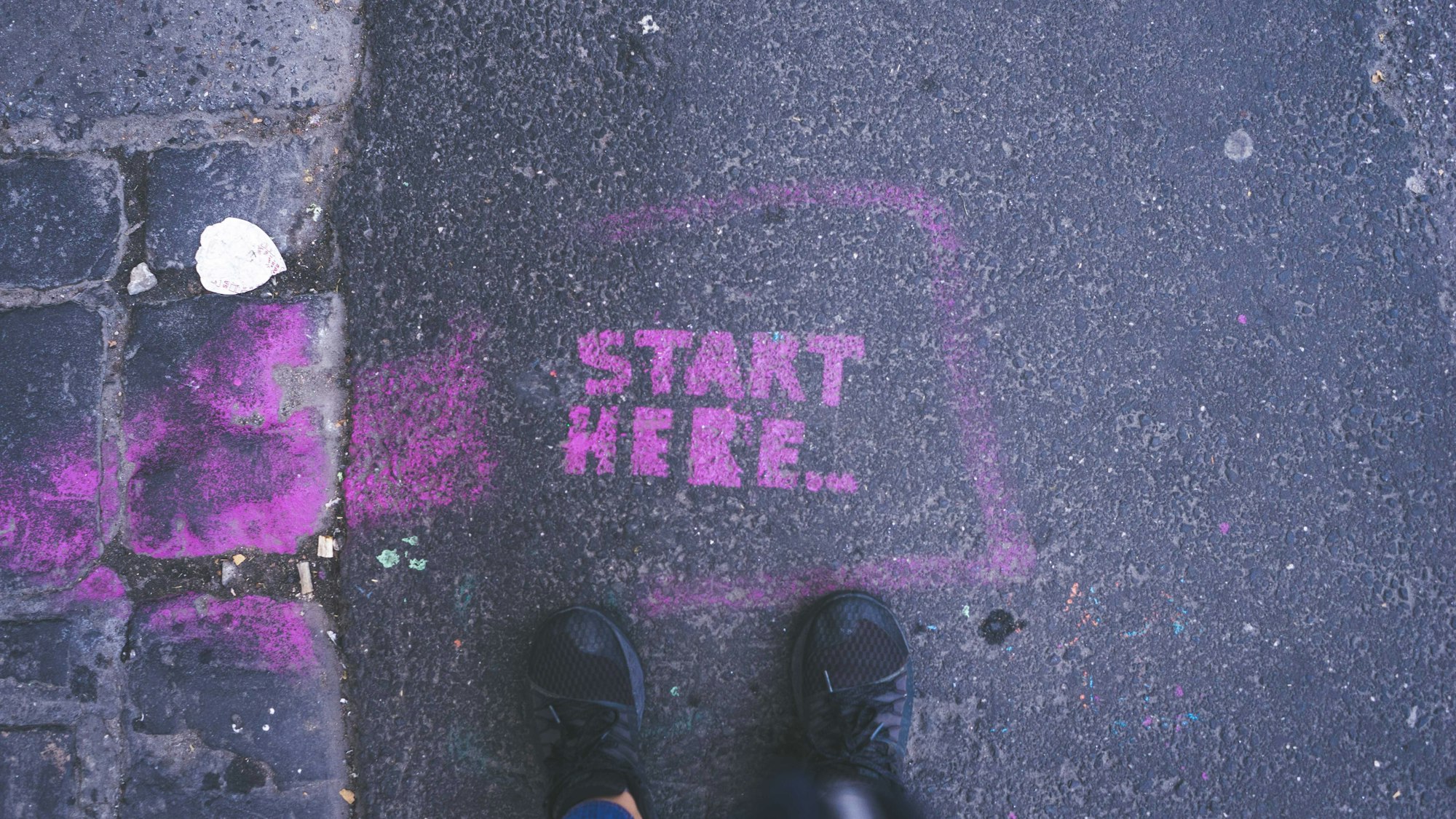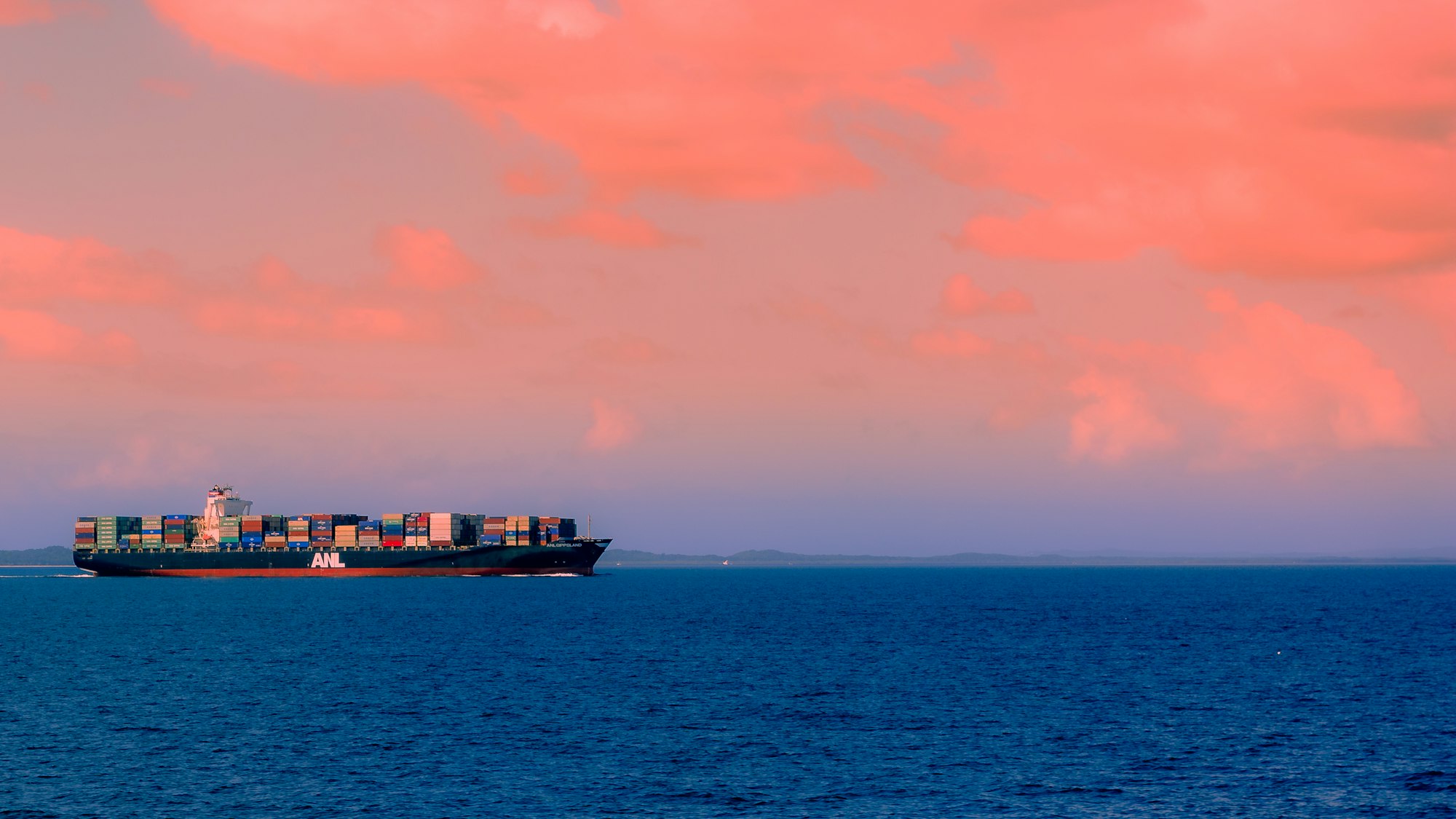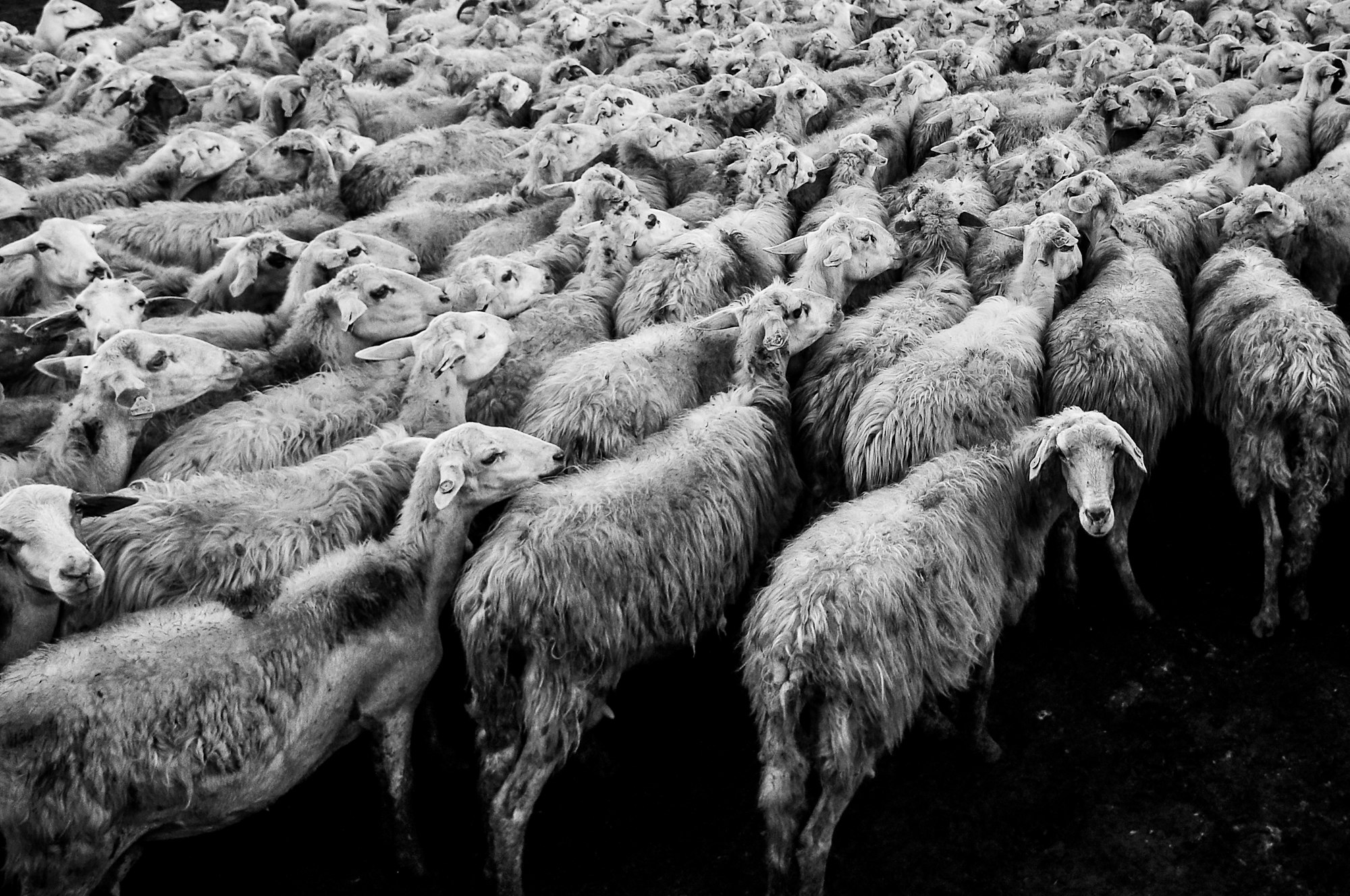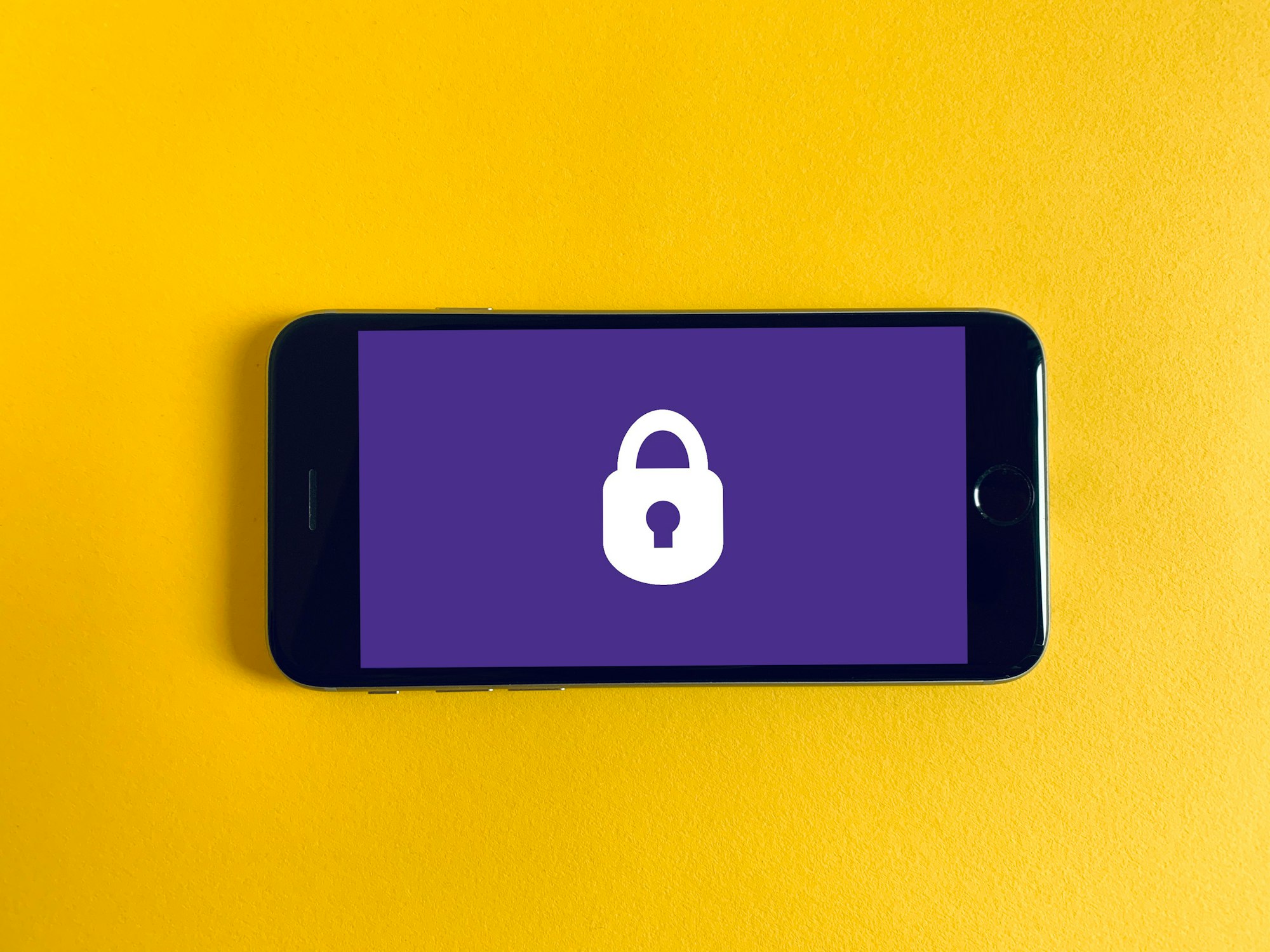Deploying Laravel in Kubernetes

Deploying Laravel in Kubernetes simplifies running, scaling and monitoring Kubernetes in an easily reproducible way.
There are plenty of aspects to take into account when running Laravel.
FPM, Nginx, Certificates, Static Assets, Queue Workers, Caches, The Scheduler, Monitoring, Distributed Logging and a bunch more stuff.
Tools like Laravel Forge, and Laravel Vapor manage many of these things for you, but what would the tech world look like without choices ?
Laravel already ships with a Docker setup with Laravel Sail, but in this series we will build our own images in a production like fashion, specialising the containers and images to each of the different parts of our application.
We will also create a reproducible setup for our application,
which can easily be used to deploy other Laravel applications as well.
This series will cover everything from local development, CI/CD, Codified Infrastructure including databases, Declarative configurations for deployment in Kubernetes for each independent component of the application, Monitoring the deployed application and infrastructure, Distributed Logging infrastructure, and Alerting for application and infrastructure metrics.
There is a lot covered in this series, and the best way to approach this would be to read 2-3 posts, and implement them as you go through, and then do a bit of digging to better understand why and how they work.
Below all the series episodes are listed in their particular section of deployment
Getting the application ready for Kubernetes



Deploying the infrastructure for the application


Deploying the application in Kubernetes




Exposing the application to the internet

